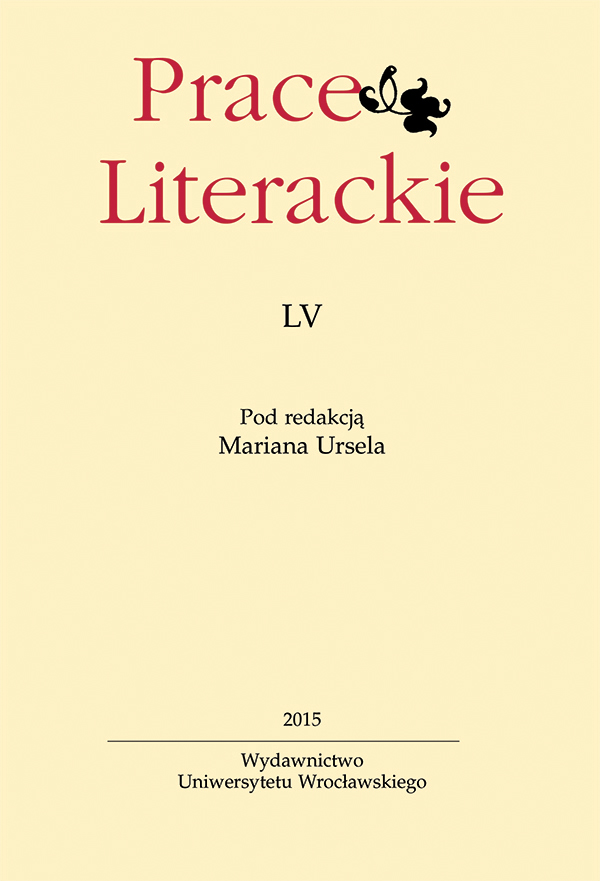

Articles

Circe with her poisonous charm. The image of the mythological enchantress in literature and art of the turn of the 20th century
Circe, the mythological sorceress who turned Odysseus’ companions into pigs, has inspired authors and artists throughout the ages. It could even be said that this was particularly evident in the 19th and 20th centuries, in an age fascinated with belles dames sans merci, dangerous and beautiful femmes fatales. This daughter of Helios joined other intriguing man-eaters, like the Biblical Salome, idol of the Decadent movement, who became an extremely sexual creature and enslaved a man unable or rather unwilling to free himself. Thus Circe is not unique but an example of “eternal femininity”, as terrifying as she was stunningly charming. Attempts to explore the phenomenon of the ancient femme fatale were made first of all by painters, though there are few but undoubtedly interesting works placing the protagonist not only in the surroundings known from Homer’s epic but also in a more timeless universe. Who was the enchanting Circe in the imagination of the turn of the century artists then? An enchantress or a witch?